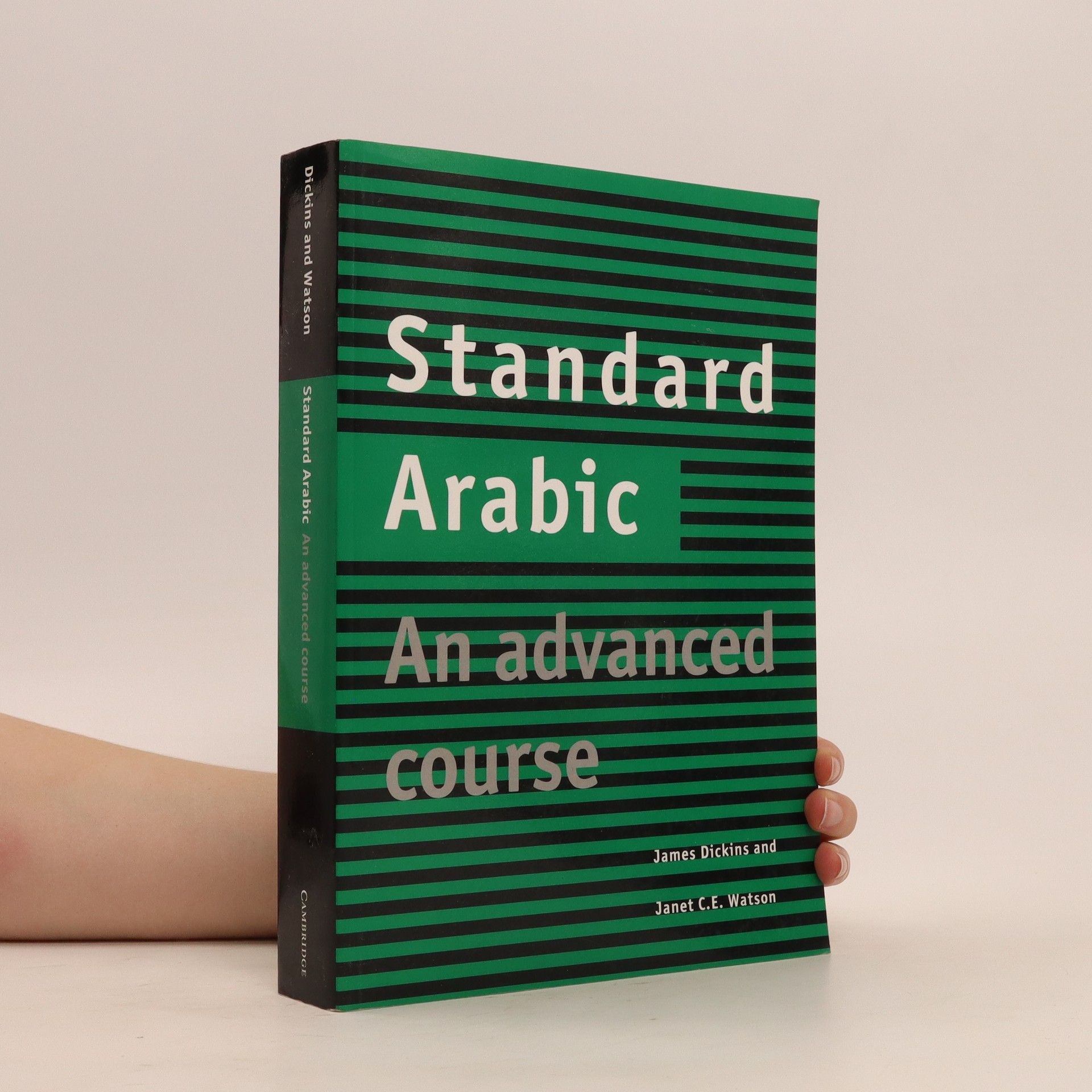This comprehensive course is designed for intermediate to advanced students of Arabic at upper undergraduate level. It uses authentic materials and a wide variety of techniques to develop the four basic language skills of reading, writing, speaking and listening. Each of the twenty chapters is designed around a particular topic relating to the culture, history, politics, geography or society of the Arab Middle East, to give students an insight into important aspects of the region.
Janet C. E. Watson Livres


Rhiannon’s story of passionate commitment to music—especially vocal improvisation—takes us through the twists and turns of her life, from a young girl discovering singing on her family’s Missouri River farm to internationally acclaimed artist and full circle as she combines farming and art on Hawaii Island. In Vocal River, Rhiannon reveals the skill and spirit of improvisation—both onstage and in daily life—for singers, musicians, artists and anyone interested in combining the creative aspects that touch all our lives. The book is also a meticulous guide to Rhiannon’s methods of teaching improvisation featuring thirty-three detailed exercises that bring us into the circle of music where, step by step, we learn about blend, collaboration, soloing, listening, skill, faith and generosity. Vocal River is the culmination of Rhiannon's long and celebrated career as an international performer and teacher. In it she shares her exuberance, her craft, and her fresh insights into the dimensions and gifts of improvisation.